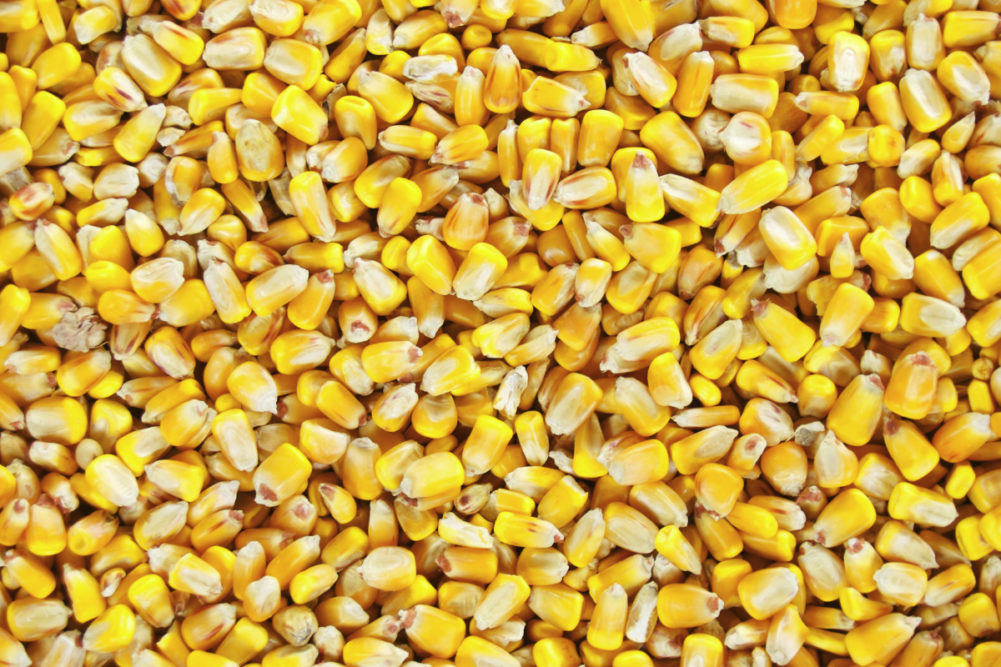WASHINGTON, DC, US — The US Grains Council has joined forces with an Egyptian corn starch company to help create efficient operations and improve plant profitability.
The USGC connected the company with Vijay Singh of the University of Illinois, a starch consultant, to consult and evaluate operations.
“Dr. Singh’s consultation began in 2019 as he helped the starch producers evaluate their facilities and identify processes that could improve their overall operations and plant profitability,” said Kyle Gilliam, manager of global strategies and trade for the USGC. “The results of the Council’s industrial corn starch study were shared with the starch company via a virtual conference last year. The findings showed that US corn can extract 3% to 4% higher yields of starch versus corn of other origins, which can have a significant impact on the plant’s overall profitability.”
Singh and Gilliam traveled to Cairo, Egypt, to help the starch company understand the technology and science associated with corn wet milling through an audit that analyzed the starch extractability of US-origin corn.
According to the USGC, the study found that starch companies processing 1,500 tonnes per day of corn can gain about $1 million in additional profit for every 1% of increase in starch yield. But to reach that gain, technology must be optimized.
Singh conducted one-on-one meetings and facility tours to review the company’s procedures, collect samples and provide specific recommendations for improving its wet milling operations.
“Dr. Singh’s technical expertise helps provide reassurance that US corn and co-products are an available and reliable source in Egypt,” Gilliam said. “We are working to continue to build long-term trust in this competitive market.”
The USGC is hoping that the collaboration with the Egyptian corn starch company will result in additional US corn sales to Egypt.
According to the USGC, US corn exports to North Africa and the Middle East are highly variable and compete on price with South American and the Black Sea corn. However, the region has more than 2 million tonnes (78 million bushels) of corn demand for 15 industrial starch plants in the region, which could potentially filled by US corn exports.





